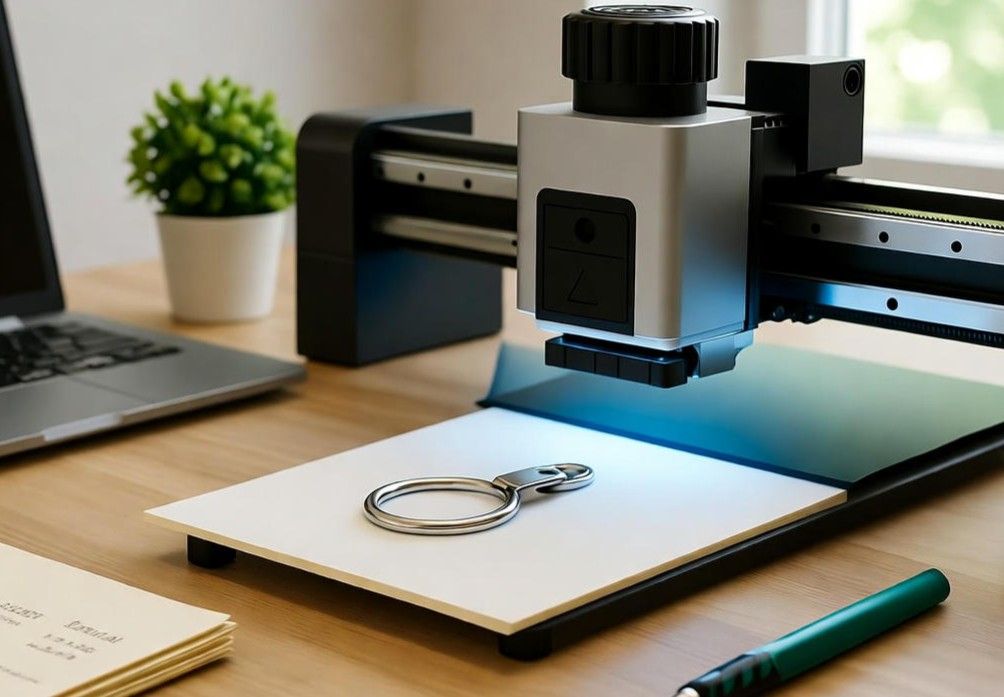
Personalized items get used longer, and longer use means less waste. People keep things that feel personal. A simple USB stick or a cigarette case that carries a name or a design is less likely to be tossed. Because the item has meaning, it moves from being disposable to being treasured.
When someone orders a cigarette case, they are choosing more than a nameplate. AllesMakkelijk is a Dutch online print shop that lets customers add personal text and graphics to everyday accessories. By offering low-cost personalization, services like this help items stay in circulation longer, lowering the impulse to replace them with new mass produced versions (source: sigarettenkoker met naam laten maken).
Why customization changes behavior
Ownership creates value, and value drives care. Psychologists call this the endowment effect. Once people feel attached to an object, they treat it differently. Custom printing strengthens that attachment. A keychain with a travel quote, a USB stick with a family photo, or a cigarette case with a carved name becomes an identity marker. As a result, people repair, reuse, or repurpose the item instead of discarding it.
Practical design choices reinforce this bond. Clear typography, a simple logo, and a durable finish help the printed design age well. When print quality matches the object’s life expectancy, users are more likely to keep the product.
Sustainable printing methods that reduce impact
There are greener ways to print that lower environmental harm. Two methods stand out: UV curing and water based inks. UV printing uses ultraviolet light to cure ink instantly, cutting energy in production and reducing volatile organic compound emissions. Water based inks avoid harsh solvents and give bright, durable results on many surfaces.
- UV printing: fast curing, durable, suited for metals and plastics.
- Water based inks: lower chemical load, better for biodegradable materials like bamboo.
- Laser engraving: permanent, uses no inks, and can be used on metals and wood.
Choosing these techniques helps small accessories stay useful without adding hidden costs to the planet. Manufacturers and print shops that adopt them show that personalization and sustainability can work hand in hand. Similar principles apply to eco-friendly fashion and accessories. For instance, sustainable bag designs also show how smart printing and material choices can lead to greener habits.
Material choices matter
Customization should start with the right base material. Rather than defaulting to virgin plastics, designers can choose recycled plastic, aluminum that is easy to recycle, or natural materials like bamboo. For example, a USB stick with a bamboo shell and a printed name feels warm and lasts longer than a cheap plastic alternative.
Durability and repairability extend life. Metal cigarette cases, for instance, withstand daily wear. Add a personal engraving and the owner is less likely to lose it or trade it out for a cheaper option.
Case studies: brands doing it well
Some small brands prove the model works. A handful of eco-conscious accessory makers now offer printed personalization on sustainable materials. They combine recycled metals, water based inks, and compact packaging to cut footprint while offering a unique product. These brands report higher customer retention and lower return rates because personalized items create loyal repeat buyers.
“Customers treat personalized accessories like keepsakes,” says a designer at one sustainable goods label, “and that reduces waste over time.”
Retailers also use personalization as a tool to encourage reuse. For example, limited edition printed keychains that celebrate local artists prompt customers to hold on to an item as a collectible, again reducing churn and waste.
Practical tips for buyers and makers
Small changes add up when both buyers and makers commit to better choices. If you design or buy custom items, consider these steps:
- Pick a durable base: metal, recycled plastic, or wood.
- Choose permanent printing: UV printing, laser engraving, or high quality water based inks.
- Design for longevity: simple, timeless graphics age better than trendy patterns.
- Package minimally: use recycled or compostable packaging to match the product’s values.
These actions reduce the item’s lifecycle impact and make personalization truly sustainable. Buyers get a useful product, and makers build reputations for responsible design.
Conclusion
Custom prints on simple items can push a reuse culture forward. When someone chooses a personalized cigarette case or a named USB stick, they value the object more. That value leads to longer use and less waste. Thoughtful methods like UV and water based inks, combined with sustainable materials and smart design, make customization a practical tool for green design.




